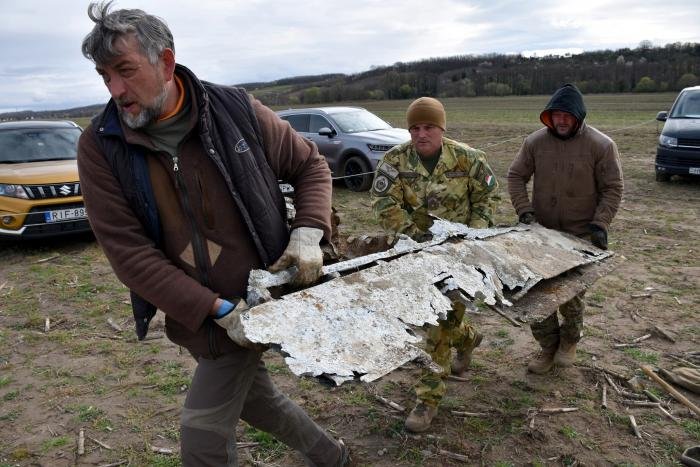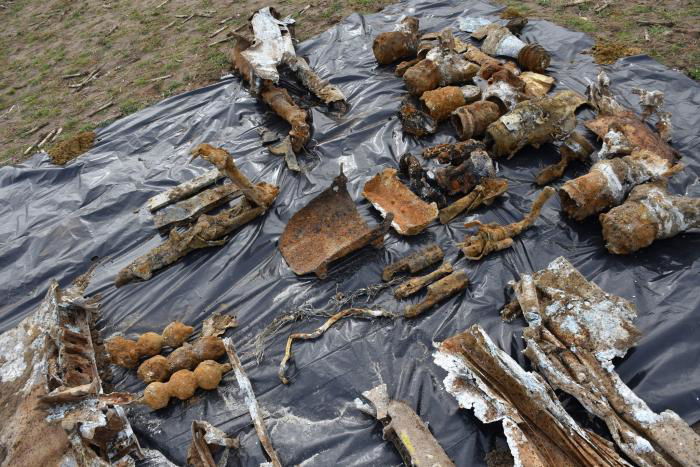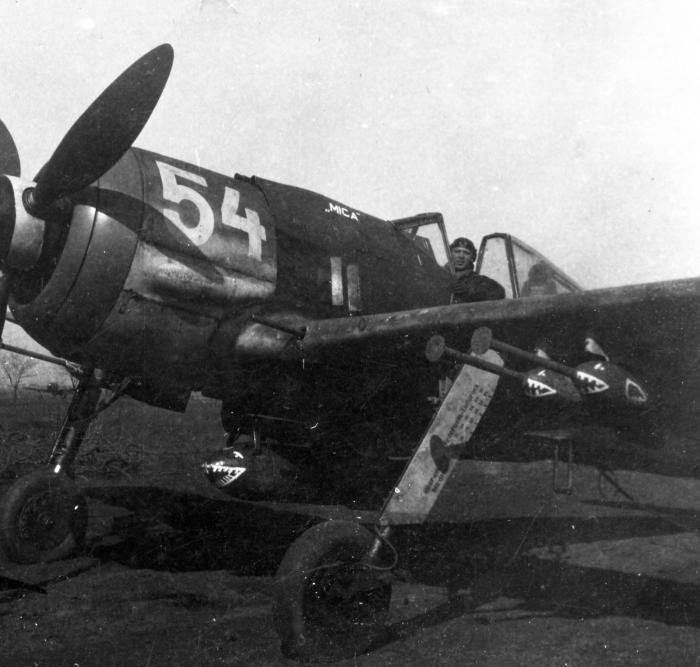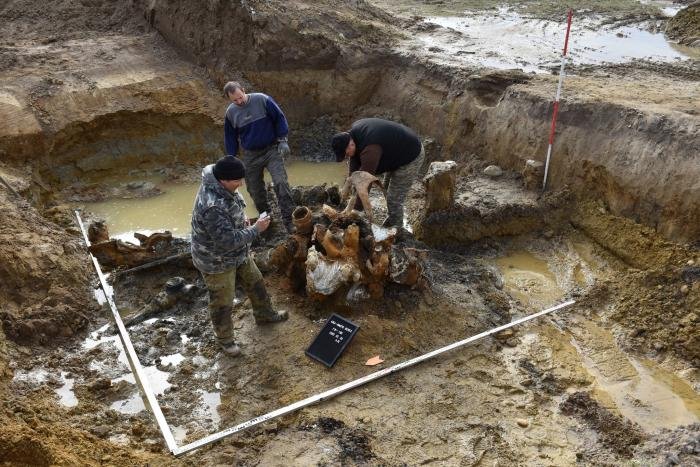Work to recover the significant remains of a rare Focke-Wulf Fw 190F from farmland in Hungary commenced in December 2022…
Work to recover the significant remains of a rare Hungarian Air Force Focke-Wulf Fw 190F from farmland near the city of Ajka, Hungary, commenced in December 2022. Announced by Hungary Ministry of National Defence on March 3, work continues to salvage the fighter, which is thought to have been lost in combat in 1945, using appropriate archaeological and documentation methods.

In late 2022, aluminium fragments discovered by László Varga, a member of the Laczkó Dezső Museum’s community archaeology and metal detecting group, were identified as parts from a Fw 190 by the Hungarian Wreck Research Association - primarily through a valve cap specific to the type.

With the nation’s Ministry of Military History Institute and Museum considering the proposed work to be professionally justified, the necessary permits were obtained by Ensign Károly Magó, a Hungarian Air Force historian, with excavation beginning late last year.

Since then, many recognisable parts and components from the wing, rudder, engine, and fuselage have emerged. While it was initially thought the wreck had Luftwaffe provenance, surviving paint revealed the aircraft in fact carried Hungarian markings – the first such find in the country. Sándor Pálffy, vice president of the Hungarian Wreck Research Association and the project’s technical coordinator said: “The discovery is of great importance – three of this type of aircraft with German markings have been found in Hungary so far. Although in a broken state, practically all the parts of this machine are there!”

Human remains, believed to be that of the pilot, were found during the excavation. Efforts to recover and identify these continue under the careful supervision of the Military History Institute and Museum. Evidence suggests that two Hungarian Fw 190s were lost in the area during the type’s short service. Both were engaging in close support missions with the 102nd Fighter-Bomber Squadron (later Wing) over the Eastern Front. Nicknamed the ‘Fóka’ (Sea Lion) in Hungarian service, some 72 examples of the type are known to have been operated by the nation between November 1944 and May 1945.

Pálffy added: “We can only make personal identification based on direct evidence – it will be a long process. In any case, based on the current research of the type and location it seems most likely that this aircraft was being flown by Géza Sztrókay.” It is believed Sztrókay was lost in action on March 22, 1945.

At the time of writing in early April, work to recover the aircraft was continuing.

